Boardomatics 101: Everything You Need to Know
Storyboard Hero
MARCH 7, 2024
A boardomatic is a visual representation of a story, created by compiling a series of images or storyboard frames into a video format. Typically, these frames are hand-drawn sketches by a storyboard artist, although they can also include photographs, stock footage, or 3D renders. Create storyboards in minutes 2.

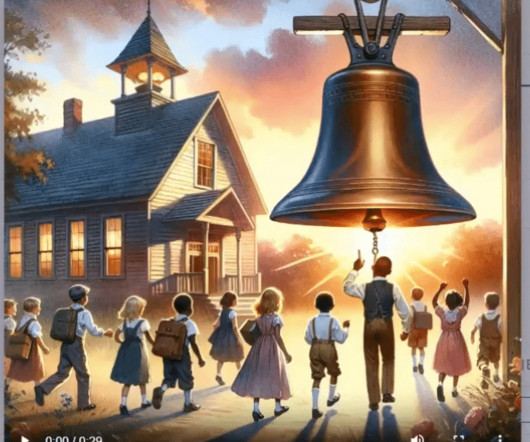
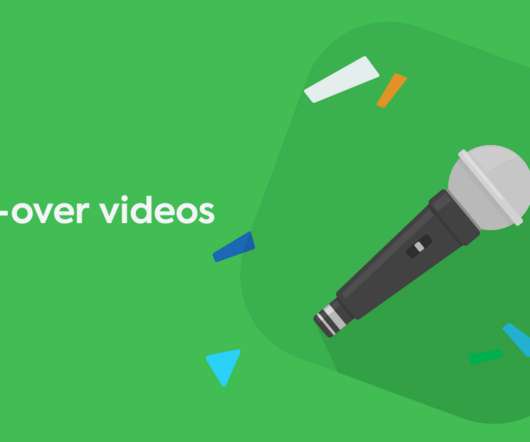





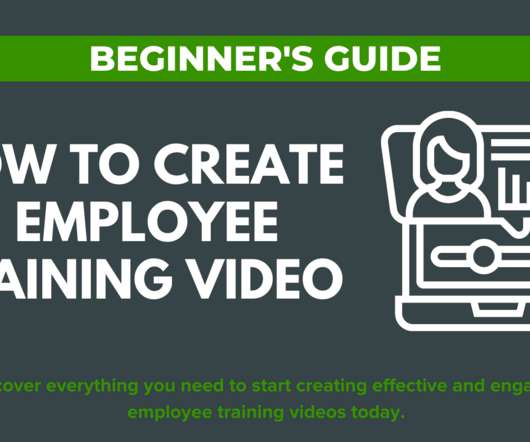



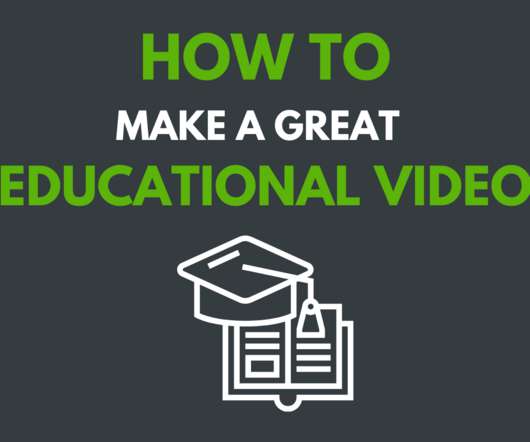
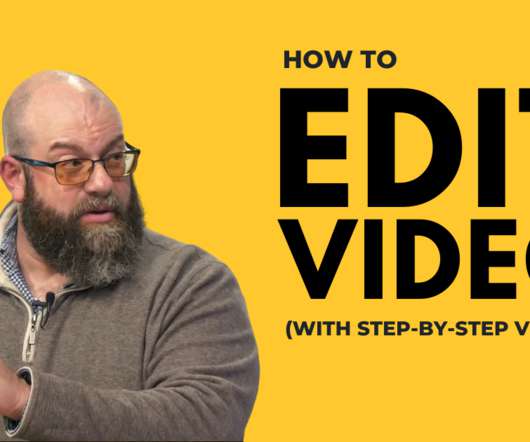



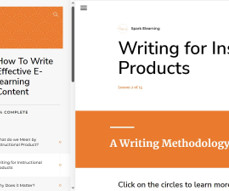















Let's personalize your content